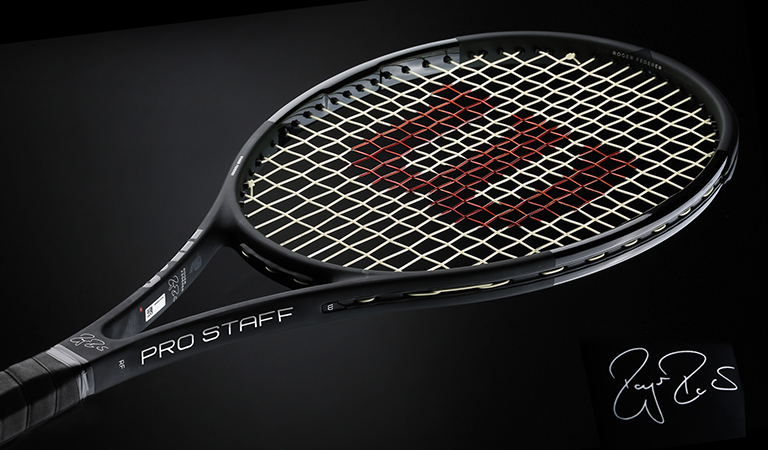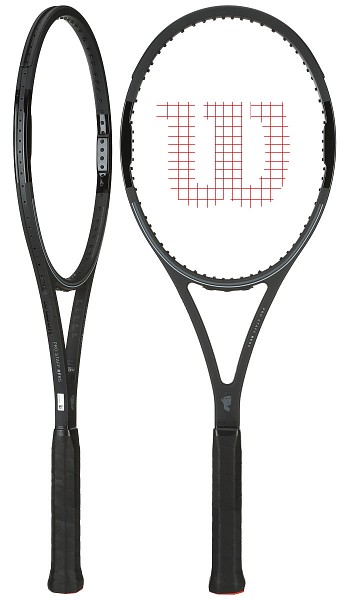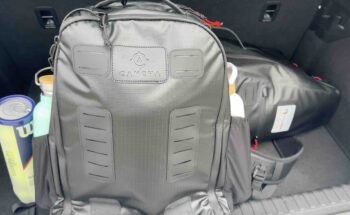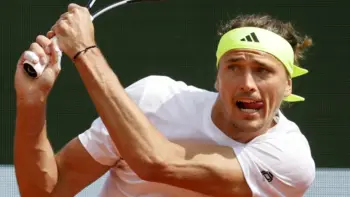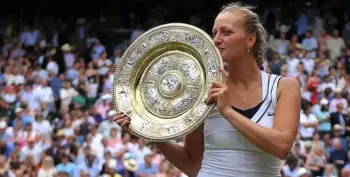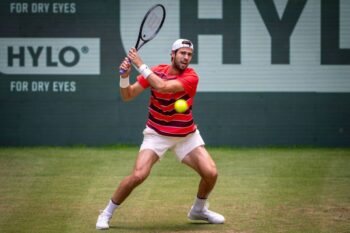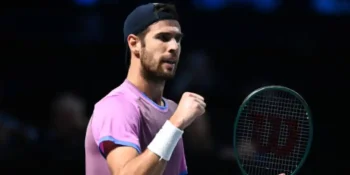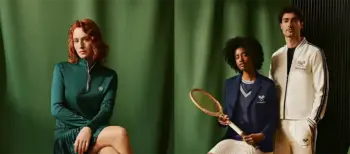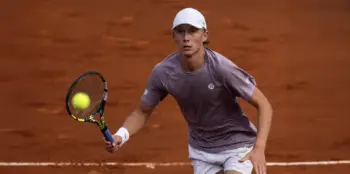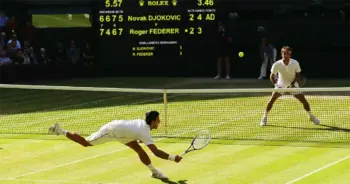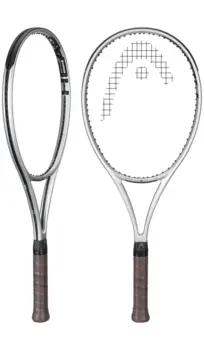Peter Figasinski is the man behind the new Wilson racquet designs and the person who, together with Roger Federer, designed the already legendary Wilson RF 97 Autograph. I got the chance to interview him briefly and talk about his work with Wilson.
Tell us a bit about yourself and your background. When did your career as a designer start?
I was originally born in Poland but when I was young my family moved to Canada. I’ve lived in Vancouver since I was about 18 years old and went to school here studying design. I have been a graphic designer for about 20 years now. Most of that time has been spent as a freelance designer focusing on branding and website design.
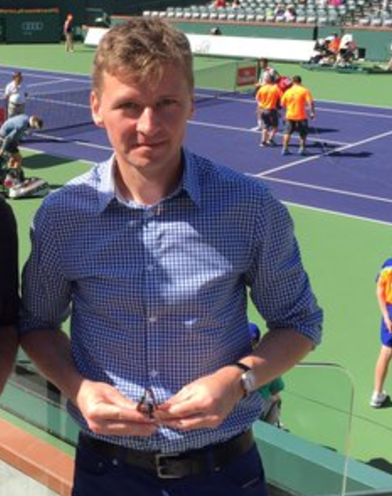
My role with Wilson and in general designing the graphics for tennis racquets happened very much unexpectedly. Really it was a culmination of a few different factors all leading to my role at Wilson. I am a graphic designer, tennis fan and player, and lifelong Wilson racquet user. My first real tennis racquet was a Pro Staff 85 which at that time was being used by my favourite player Stefan Edberg. As a result doing design work for Wilson truly was a perfect fit for me. While doing freelance design work, as a fun personal side project I created a couple of designs for a potential Pro Staff redesign. I posted them on a popular tennis forum for other tennis fans like me to see, but never really gave it much though after that until Wilson stumbled upon these designs and contacted me to see if I was interested in doing some design work for them. I then spent the next 3 years working almost exclusively for Wilson creating design for most of the racquets that have hit store shelves in the last 2-3 years.
What work have you done for Wilson and which project are you most proud of?
I was very fortunate as my first big project for Wilson was Roger’s new Pro Staff RF97 back in 2014. As a result I got to meet and discuss designs with Roger on a number of occasions. Since then I helped designed many racquets for Wilson including the Ultra
, Burn
(two generations), Blade
, and many others, as well as the new ‘all black’ Pro Staff RF9
7. I’ve also designed a number of special edition racquets such as the 18th Slam limited edition racquet for Roger Federer after he won the 2017 Australian Open, and the 23rd Slam racquet for Serena also for that same Australian Open. I think I’m the most proud of two racquets I designed. One is the new all-black Pro Staff RF97 racquet as not only is it a design that I personally truly loved, it’s also a design which I got to work with Roger on the most and I know he was deeply involved in it and really loved the final result. That was a very special experience for me that I will always treasure. The second is the upcoming Pro Staff RF85
. I think for me it’s a design that not only has a great connection to working with Roger on this particular design direction, but also because it’s a racquet that personally I have a lot of connection to. Having played with the original Pro Staff 85 for years and the fact that my two favourite players (Stefan Edberg and Roger Federer) both used that racquet at some point in their careers is very special to me.
Can you describe the typical racquet design process at Wilson?
The process varied a little from project to project, but it involved initial design concepts based on a combination of marketing, design and technical needs. After some initial digital design, we would create actual physical samples of a number of design iterations that we could then review. Because of the very 3-dimensional nature of the tennis racquet actual physical design samples were critical. The designs were then refined and refined until we arrived at a design that met all the goals. Very often I worked closely with the R&D team to make sure that the visual design paired well with the actual physical and technical features of the racquet. They were also highly involved in making sure any paint finishes, special design features and any other requests I had were achievable in a production setting. The R&D team was instrumental in the final designs you see on the shelves today, especially with the latest generation of designs that use unique paint finishes and laser etched lettering.
Do you have specific method for your work? How do you find inspiration and ideas?
I tried to have a very open mind when it came to design ideas and inspiration. I think I consciously minimized looking at current racquet design trends and instead focused on industries that were pushing boundaries in terms of design application to products. Anything from other sports such as cycling, to consumer products ranging from electronics, to toasters and toothbrushes. There is a clear trend in consumer products in the last few years to focus on and push the boundaries of great product design. I think companies are realizing that consumers take good product design highly into consideration when making their purchasing choices. I wanted to make sure that the racquets not only played great but also looked great. In terms of actual method, again this varied from project to project. Some projects started off with ideas around colors and finishes, while others centred around specific design details.
Do you play a lot of tennis yourself? What is your level?
Yes, I’m an avid tennis player. I did pick up the game quite late. Too late to be a good tennis player. I was probably around 16 or 17 when I first started, but didn’t get into tennis seriously till my mid 20’s. I do try and play 2-3 times a week though and I am always working on my game. In terms of level, I am certainly just a recreational player. Using the NTRP rating I would be an average 4.5 player. One handed backhand of course!
Last but not least – what racquet and strings do you use?
I usually have a bunch of different racquets in my bag (all Wilson of course!) but certainly my everyday go-to racquet is the latest Pro Staff RF97 strung with Luxilon gut
in the mains at 57lb and Luxilon Alu Power Feel
in the crosses at 55lb.
Thanks Peter!
If you want to know more about Peter Figasinski, check out his twitter @peterfig or his website (coming soon).
